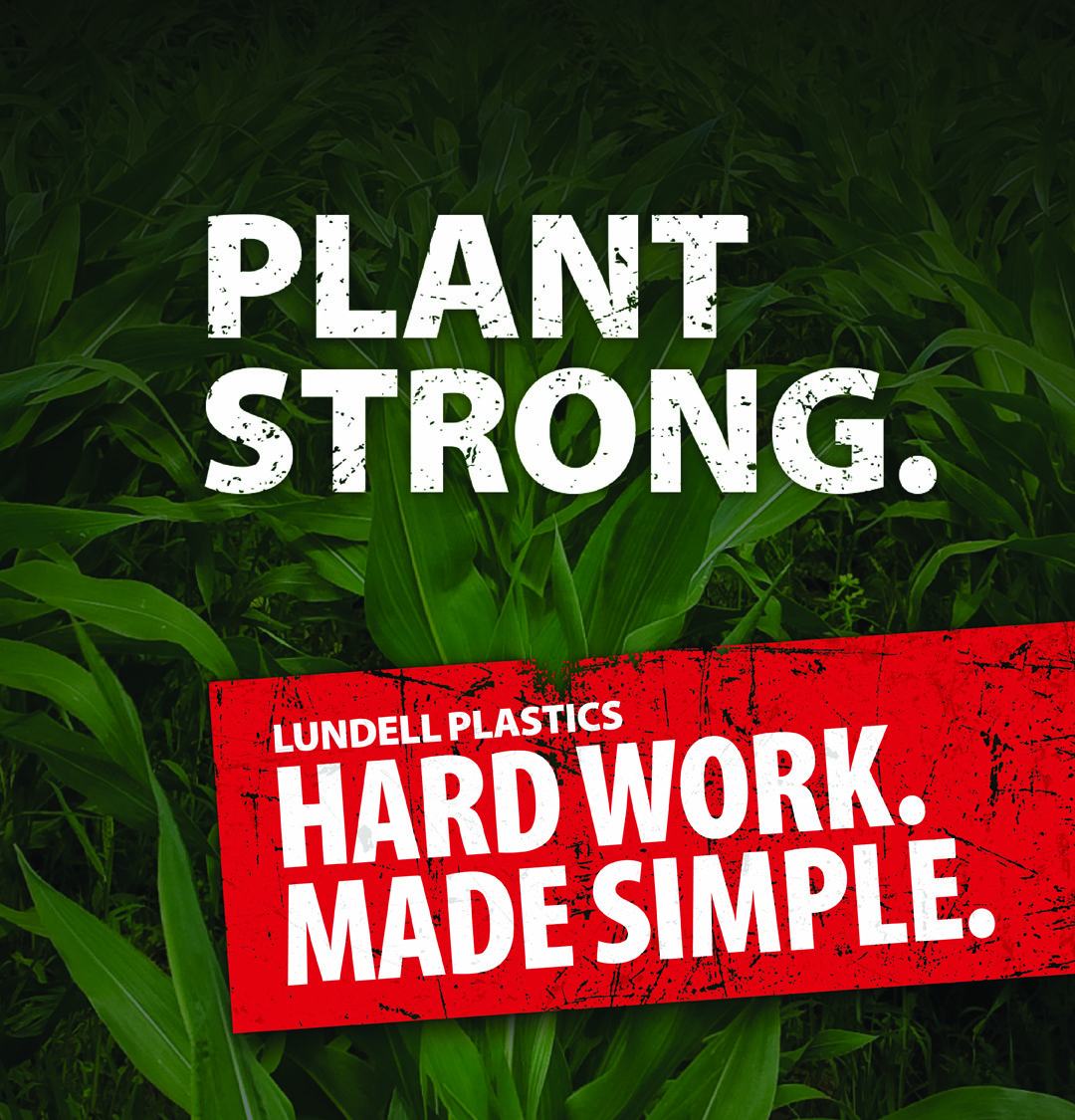Is Your Planter Ready? 9 Planter Setup Tips For Success

Ensure months of planting prep work don't go to waste by inspecting and maintaining your planter. Overlooking the setup and condition of the planter can result in problems in the field. When time is of the essence, nothing stops the momentum faster than a poorly performing planter. To help make hard work more simple, here are nine planter tips to help reduce the likelihood of planting issues.
1. Level The Planter
While planting, the planter needs to be parallel to the ground. Be sure to level the hitch and the toolbar. This should be tested before going out and planting. If it is not level, it can severely impact seed placement.
For example, if your hitch is too low, it pitches the back of the planter up. This is called a ‘downhill nose.’ It leads to the disc openers plowing more into the ground rather than cutting trenches. The seed won’t be dropped at a consistent level and could actually be placed higher in the trench. Also, seed firmers would be sitting more upright instead of flat on the ground.
2. Level Parallel Linkages
The parallel linkages should be level relative to the ground. In most cases, it should be 20-22 inches off of the ground, but you can consult the planter owner's manual for specific requirements.
3. Planter Units
Check each planter unit to see if there’s any unnecessary movement or sway. If there is a lot of swaying, it most likely means the bolts and bushings in the linkages are either loose or worn out. Replace the bolts and bushings if wear is found.
4. Disc Openers
The diameter of new discs is generally around 15 inches. When they wear down to 14.5-14 inches, replace the discs. Instead of making an ideal V-shaped trench, worn discs can create an unwanted W-shaped trench. The gap between disc openers should also be 1-1.5 inches wide. Any wider than that, the larger gap affects the shape of the trench.
5. Depth Wheels
Depth wheels are critical to seed planting depth. Test the amount of movement in the wheels. You’ll want the wheels to move but have some resistance in the movement and not be completely free-spinning.
6. Drive Chains
Inspect each drive chain and make sure there are no links missing or cracks in the chain. The chains help ensure that there are no seed skips or doubles while planting. For maintenance, make sure to oil them and that they’re tight.
7. Down Pressure Springs
With these springs, you’ll generally want around 125lbs of down pressure, but you should reference the owner’s manual. In dryer conditions, you’ll want more down pressure to push the seed further into the soil. When the soil conditions are wetter, adjust the springs to have a little less pressure.
8. Seed Tubes
This area of the planter can be overlooked. Check each seed tube and look for unusual wear that could potentially lead to the seed not being placed properly at the bottom of the trench.
9. Closing Wheels
With the closing wheels, make sure that they spin freely. They should be properly aligned (more on closing wheel setup can be found here). Generally, if the planter closing wheels are off alignment, they could compact the soil on the seed.
Find more innovative tips and products at www.lundellplastics.com.
